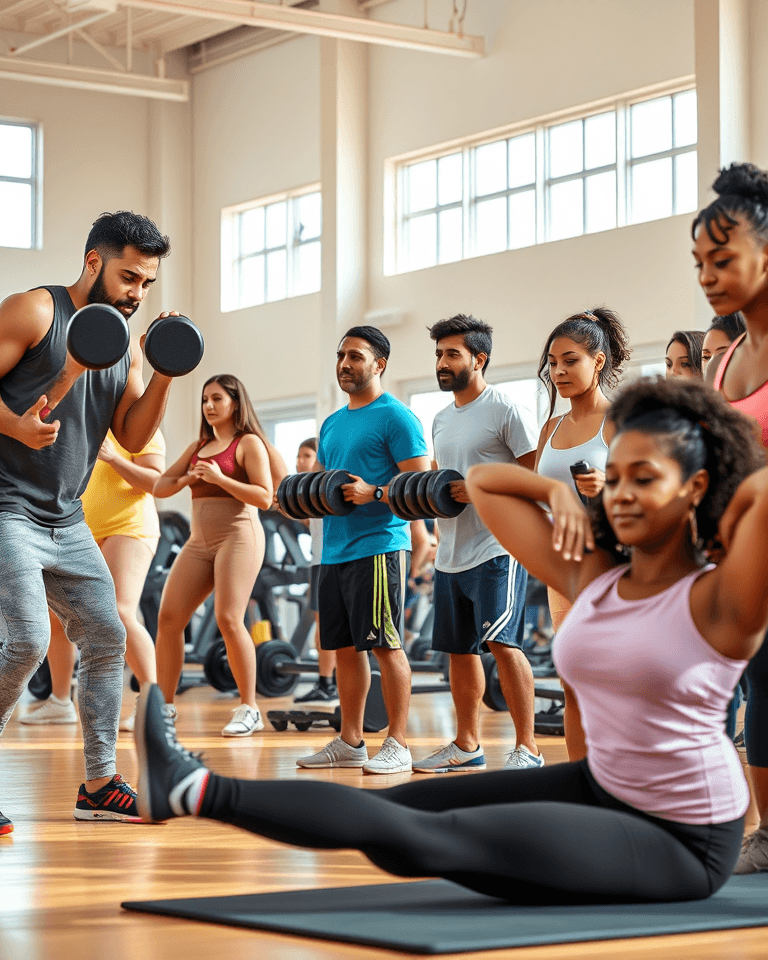A recent study published in the British Journal of Sports Medicine reveals a strong correlation between muscle strength and cardiorespiratory fitness (CRF) and a significantly lower risk of mortality in cancer patients. The research indicates that individuals with higher levels of physical fitness experience a 31-46% reduction in the risk of death from any cause compared to those with lower fitness levels. Even small improvements in muscle strength and fitness were associated with decreased mortality risks. This groundbreaking research underscores the importance of physical activity as a crucial component of cancer treatment and recovery.
The Power of Physical Fitness in Cancer Survival
The study highlights that cancer patients with high muscle strength or CRF levels had a significant reduction in the risk of all-cause mortality. Specifically, each unit increase in muscle strength was associated with an 11% reduction in mortality risk. Furthermore, improvements in cardiorespiratory fitness led to an 18% reduction in cancer-specific mortality. These findings emphasize that even incremental enhancements in physical fitness can greatly impact survival rates, offering hope and a proactive approach to cancer management.
How Exercise Counteracts Cancer
While the exact mechanisms are still being investigated, several theories suggest how exercise can counteract cancer. Exercise helps reduce levels of inflammation and insulin, both of which are linked to some cancers. It also promotes angiogenesis, the creation of new blood vessels, which could improve the delivery of anti-cancer medicine to tumors. Furthermore, exercise boosts the circulation of immune cells that attack cancer, and may enhance the efficacy of immunotherapy treatments.
Benefits Across Cancer Stages and Types
The advantages of physical fitness extend to individuals with advanced stages of cancer as well. Higher muscle strength and better CRF are linked to an 8-46% lower risk of death in patients with advanced cancer. This is particularly significant for lung and digestive cancers, where patients with higher fitness levels experienced a 19-41% lower risk of mortality. This suggests that fitness can benefit patients at all stages of their cancer journey, and for specific types of the disease.
3 Ways to Get Started with Exercise
For individuals looking to improve their fitness and potentially enhance their cancer survival rates, here are three practical ways to start incorporating exercise into their routine:
1. Start with Aerobic Exercise
Aerobic exercise, such as walking, jogging, cycling, and swimming, helps strengthen the heart and lungs. It’s essential to begin at a moderate intensity, where you can talk but not sing. This means you should feel warmer and breathe faster, but still be able to hold a conversation.
- Walking: A simple and accessible way to start is by incorporating regular walks into your daily routine. Begin with short walks and gradually increase the duration and intensity.
- Cycling: Whether on a stationary bike or outdoors, cycling is a great low-impact option to improve cardiovascular health.
- Swimming: A full-body workout that is gentle on the joints, making it ideal for those experiencing pain or mobility issues.
2. Incorporate Strength Training
Strength training, also known as resistance training, focuses on strengthening muscles. It can involve using weights, resistance bands, or even your own body weight.
- Bodyweight Exercises: These are exercises that use your own body weight for resistance, like push-ups (can be done against a wall or on knees for beginners), squats, lunges, and planks.
- Weightlifting: If you’re comfortable, begin with light weights and gradually increase the load as you get stronger.
- Resistance Bands: These are versatile and portable, allowing for a range of exercises targeting different muscle groups.
Here are some specific strength training exercises, great for beginners:
- Squats: Stand with feet shoulder-width apart, lower your hips as if sitting in a chair.
- Lunges: Step forward with one leg, bending both knees to 90 degrees, and return to starting position.
- Push-ups: With hands shoulder-width apart, lower your chest toward the floor and push back up.
- Planks: Hold a straight line from head to heels, engaging core muscles.
3. Combine Aerobic and Resistance Training
Combining both aerobic and resistance training can provide optimal benefits for cancer patients. This combined approach can improve cardiovascular fitness, muscle strength, body composition, and overall quality of life. Studies have shown that a combination of aerobic and resistance exercise can improve CRF, QOL, sleep quality, aerobic capacity, strength and immune function.
- Tailored Programs: Consider seeking guidance from a fitness professional or a specialized program like “Livestrong at the YMCA,” which offers tailored physical activity programs for cancer survivors.
- Consistency is Key: Aim for a consistent exercise schedule, including both moderate-intensity aerobic activity and strength training at least two days a week.
Important Considerations
Before starting any new exercise program, especially while undergoing cancer treatment, it is essential to consult with your healthcare team. They can provide guidance based on your specific condition and treatment plan.
- Listen to your body: Don’t push yourself too hard, and rest when needed.
- Start slowly: If you’re new to exercise, begin with short sessions and gradually increase the duration and intensity.
- Stay hydrated: Drink plenty of water before, during, and after exercise.
- Choose enjoyable activities: Find activities you enjoy so that you are more likely to stick with them.
- Be consistent: Regular exercise is more beneficial than sporadic, intense workouts.
- Modify as needed: If you experience any treatment-related side effects, modify your exercise plan accordingly.
Conclusion
The emerging research provides strong evidence for the link between muscle strength, physical fitness, and improved cancer survival rates. Integrating regular exercise into a cancer treatment plan can lead to significant reductions in mortality risk and enhanced overall well-being. By starting slowly, listening to your body, and choosing activities you enjoy, you can harness the power of exercise to help you in your fight against cancer.







